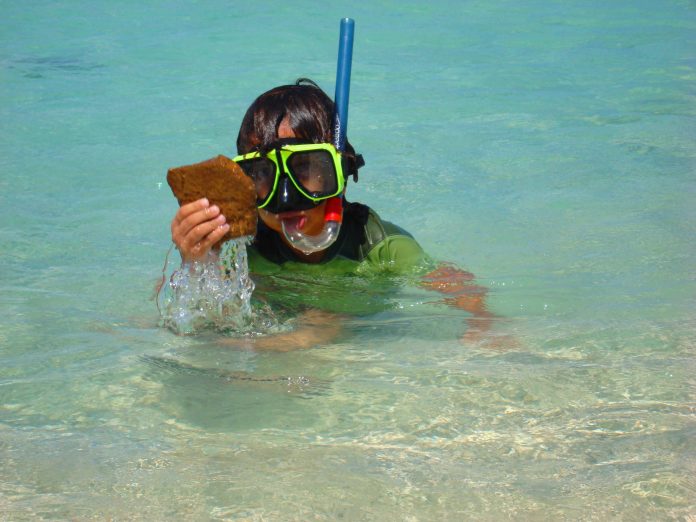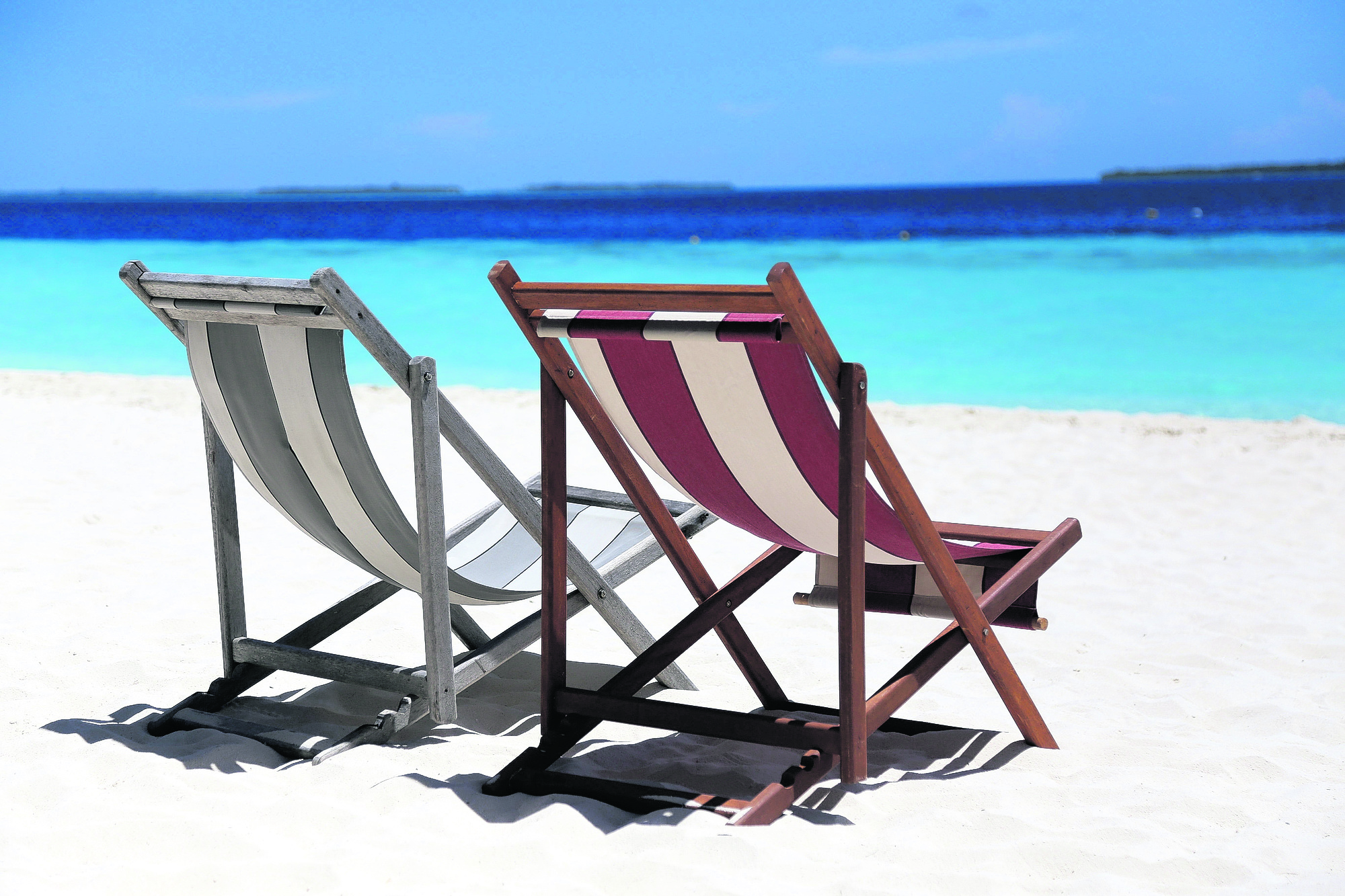Etnia Nativa`s facilitate cultural awareness, education and safeguards our heritage by guiding inspiering our visitor readers towards an island guardian state of mind.
Through this weekly column, by sharing the most interesting and revealing stories, closer to the Aruba we would want you to experience. Aruba is a tiny destination, a fragile ecosystem with thousands of years of history. Discover that what will enlighten and spice up your stay over. Aid your curios, feel an Aruban native.
When we talk about getting to know our home as a tourist destination, we know the impact this has on you as a visitors, its great natural beauty and its stunning white sand beaches.
During this process of discovering the islands landscapes and topography you will probably reach Arashi, today a public beach area that offers a perfect and relaxing coast line with a spectacular sunset, located in the extreme North-West part of island in the district of Noord, near Malmok, the California lighthouse and Qudarebe point. Arashi was long ago part of an archaic sea farers hunters and gatherers settlement.
These Paleolithic nomadic people navigated the oceans by observing the stars for orientation in order to reach or return to specific areas. They were excellent seafarers knowing exactly how to come back wherever and whenever it was necessary to collect supplies and gather resources during their seasonal marine ventures.
Going back to the times of the Paleolithic period we must imagine that the island was covered over 75% with various types of vegetation. There was abundance in seafood including different species of sea turtles, crustaceans and shellfish. Game scattered throughout the island, were numbers of rabbits, iguanas and wild pigeons maybe even a subspecies of island deer.
Historical evidence reveals that these Paleolithic nomadic tribes reached our island thousands of years before the coming of the agro ceramist groups from out the Amazon and Orinoco region.
In relation to the Toponym “Arashi” we hypothesize that it is likely that this name refers to the word ara or huara which is directly related to: fish or fishing, as the word Warashi, stands for a Bonefish, Waranawa “salted fish” Warawaxique and Waraxique referring to fisherman’s woman. There is a great possibility that the words mentioned above were extracted from the language of the late Caquetio of the Arawakan language family, tribe who recognized the value of this site since them continuing to exploit Arashi on the same way.
The island still have many places that has an ancient Native American Toponym
This traditional exploitation of Arashi continues till a few years ago by Aruban of native descend, just like their forefathers.
Arashi today has been transformed in one of the favorite beaches for local families, who in addition to sunbathing and relaxing, can enjoy swimming in gentle currents, resulting in a perfect place to practice snorkeling, just as our little entrepreneur in marine archaeology in the picture who shows us his ceramic discovery. Arashi still has traces of shell maidens and ceramic shreds that once were part of a cooking pots, water jars, urn or a buren, which is a ceramic hot plate to make corn tortillas we call “pan batí”.
If you love Aruba its origins and its cultural heritage, be part of the exclusive visitors of Etnia Nativa: a cozy museum/home an private residential houses collections of native art, archaeological artifacts and historic furniture, while the facilities themselves are the result of the transformation of recycled materials. Meet Anthony Croes, our columnist at his home! Book your visit Whatsapp + 297 592 2702- or mail: etnianativa03@gmail.com




















